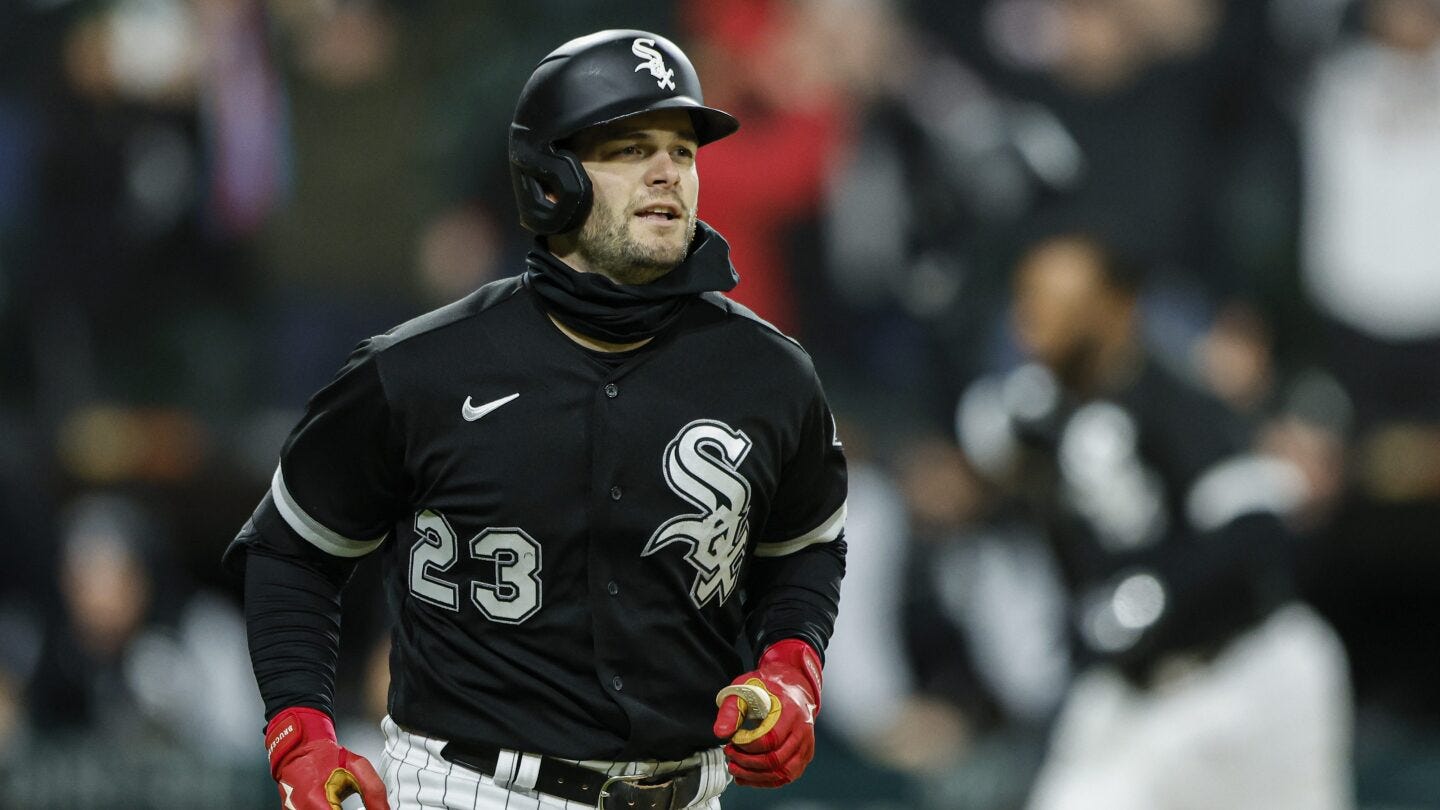This past week I wrote about players primed for regression; those whose excellent early season numbers may not really reflect their more mediocre performance thus far this season. Then I thought, why be so negative? Let’s talk about the positives too! In this article I look at players whose numbers on the surface may be worse than they have actually been performing and are due for a bit of positive regression in their standard stats.
I will use mostly the same stats and measures as I did in last Sunday’s article. To avoid redundancy, I won’t dive too deeply again into how I analyzed this, so if you didn’t read Sunday’s article (shame on you) or would like a refresher, I would advise you to at least skim through it before reading further. Ultimately, I will just point out some differences in this article compared to the last one. To give a super high-level review, players whose expected stats are better than their standard stats (i.e., xERA vs. ERA or xwOBA vs. wOBA) are expected to have better numbers based on underlying measures such as quality of contact for batters or fly ball-to-home run rate for pitchers. Similarly, statistics such as Batting Average on Balls in Play (BABIP) can help us account for quality of defense and batted ball variance in our assessment.
In this investigation, I added Expected Slugging Percentage (xSLG) into the equation for batters. This calculation is along the same lines as xwOBA, so if you have a general understanding of that, you can probably wrap your head around xSLG. Essentially, slugging percentage keys in a bit more on extra base hits and power than Batting Average and On-Base Percentage. It measures the batting productivity of a hitter and is calculated as total bases per at-bat (note that it excludes walks, errors, and hit-by-pitches). It weights each type of hit by the number of bases is provides through the following formula1:
I also was a bit more objective in picking the players who looked primed for positive regression. In the last article, I essentially just looked for players that fell near the top in terms of difference between expected and actual stats, which admittedly was a fairly lazy way to choose the players. This time, I calculated how each player ranked among the rest based on the difference between their realized stat and expected stat (i.e., ERA - xERA). I also did this for BABIP, but similar to last article looked at BABIP - career average for batters and BABIP - League Average for pitchers. (remember, for the explanation on why please just go read last Sunday’s article…this is the last time I’ll say it). I then took the sum of the ranks to get an overall ranking for each player. The players with the lowest sum of ranks are the ones that appear most primed to see their stats improve.
The Batters
White Sox outfielder Andrew Benintendi is, by quite a large margin, the player most expect to see some improvement. Quite frankly there is really nowhere to go but up for Benintendi, whose wOBA and Slugging Percentage rank last among qualified batters2. While most of these players rank near the bottom of the league in offense, there is some hope that things may start to swing their way (pun intended). Before moving on to pitchers, I do want to give some recognition to Mike Trout. He is off to a heck of a start to his season. While his expected statistics are marginally better than his actual numbers, they don’t particularly blow them out of the water. However, his BABIP is a paltry 0.206, the ninth worst in all of baseball! His 2024 BABIP is 0.138 below his career average, the greatest difference in the majors. This suggests Trout’s sizzling start could get even hotter once some batted ball variance starts to even out. Hey Angels, can you finally get this generational talent to the playoffs please?!?!
The Pitchers
There is a little less differentiation among the pitchers, but a few still stand out. White Sox starter Garrett Crochet has been off to a horrid start, much like his team. However, his 2.58 xERA and 2.94 xFIP give promise that better days are to come for him. Additionally, Seattle Mariner Luis Castillo’s 8th-highest BABIP differential and strong expected stats suggest many of those balls in play he surrenders may start landing in gloves more often than landing for hits.
Similarly to the players that we identified as candidates for negative regression, we’ll circle back on these guys later in the season to see how predictive these numbers truly are.
Wikipedia contributors. (2024, April 13). Slugging percentage. Wikipedia. https://en.wikipedia.org/wiki/Slugging_percentage#:~:text=In%20baseball%20statistics%2C%20slugging%20percentage%20%28SLG%29%20is%20a,of%20singles%2C%20doubles%2C%20triples%2C%20and%20home%20runs%2C%20respectively%3A
Batter must average a minimum 3.1 plate appearances for every game his team has played to be qualified for batting titles and other awards.





